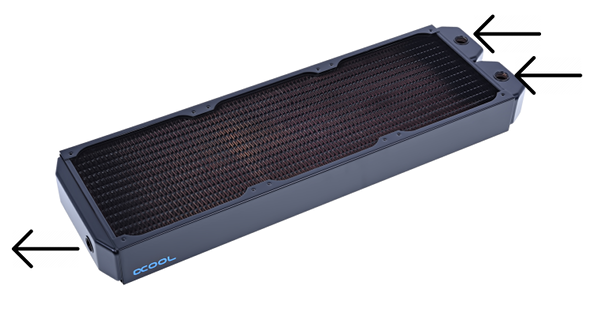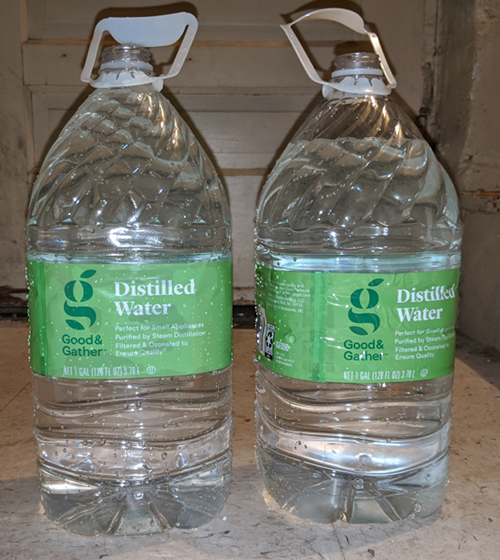Zarathustra[H]
Extremely [H]
- Joined
- Oct 29, 2000
- Messages
- 38,858
Hey all,
I am plotting the flow for a new water loop, and I could use some [H] hive mind input.
I have an Alphacool XT45 420mm radiator, I am looking to repurpose into the new loop.
Normally one would use the following ports as in and out:

Is there any reason not to do something like this?

It would make my routing a lot simpler if this isn't a problem, but if it does result in issues, I may have to figure something else out.
Appreciate any input.
I am plotting the flow for a new water loop, and I could use some [H] hive mind input.
I have an Alphacool XT45 420mm radiator, I am looking to repurpose into the new loop.
Normally one would use the following ports as in and out:

Is there any reason not to do something like this?

It would make my routing a lot simpler if this isn't a problem, but if it does result in issues, I may have to figure something else out.
Appreciate any input.
![[H]ard|Forum](/styles/hardforum/xenforo/logo_dark.png)

